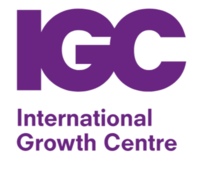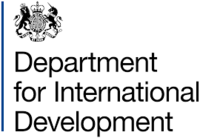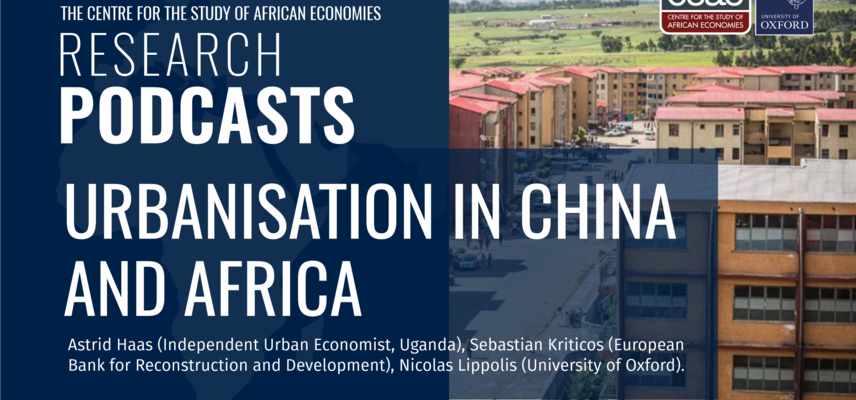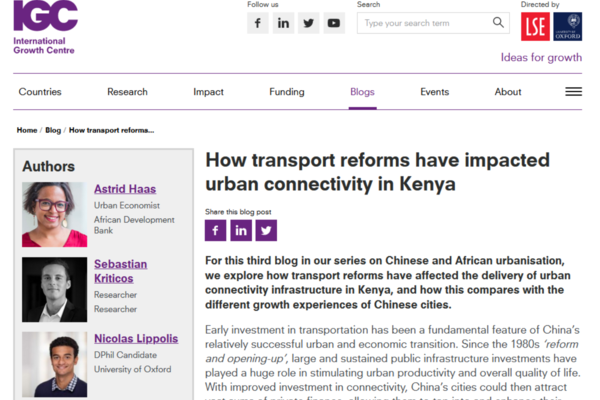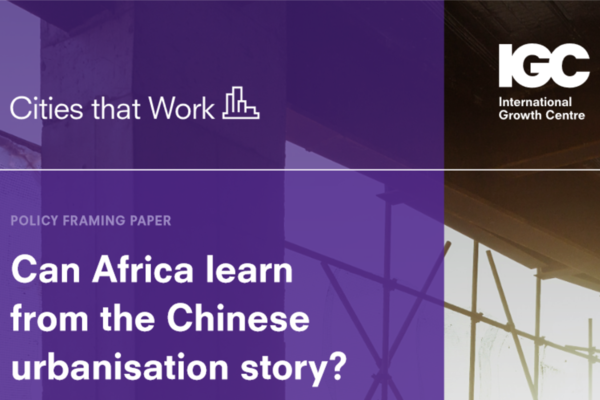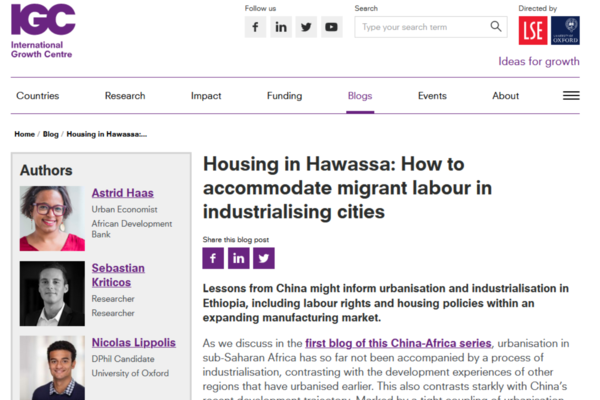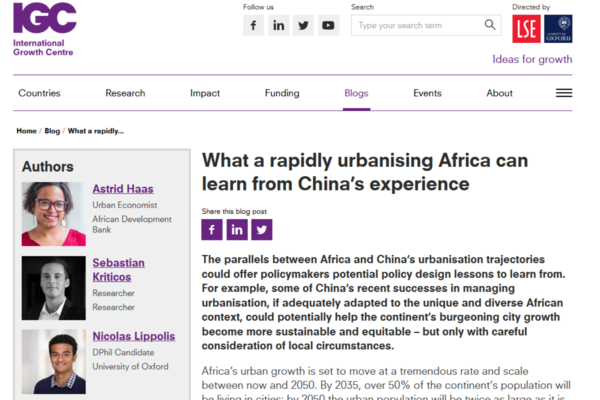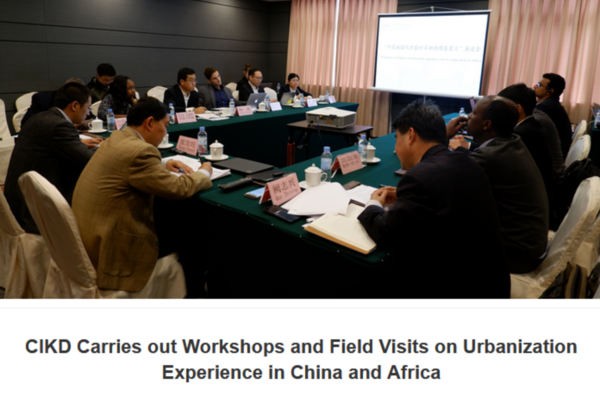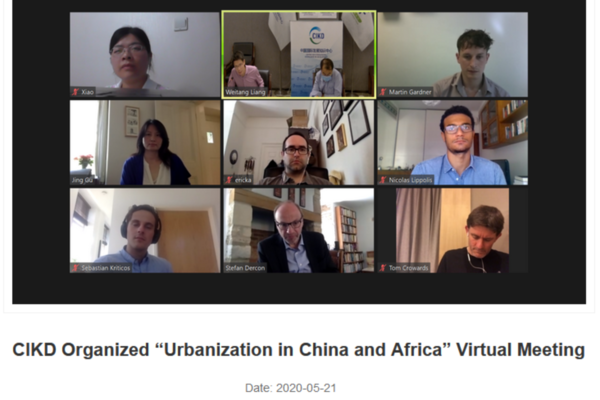URBANISATION IN CHINA AND AFRICA
OUR AIMS
Can Africa learn from the Chinese urbanisation story? In the next thirty years, Africa’s cities need to make room for 900 million more citizens – roughly tripling the current urban population. This offers new opportunities for growth and prosperity, as well as significant challenges for public policy. At their best, cities are engines for economic development and rising living standards, but at their worst, they become sites of congestion, overcrowding and discontent.
China is the only place in the world that has experienced a similarly monumental urban transition to the one currently being faced in Africa. Between 1978 and 2010, China’s urban areas took on approximately 700 million additional people. It was in the cities where productivity growth drove the country’s thirty-year economic miracle.
A major difference is that Africa’s current urbanisation has not been associated with anywhere near the same gains in productivity and poverty reduction that have been seen in China. Instead, the growth of Africa’s cities has more often been associated with development challenges such as the rise of slums, unemployment, and political instability. With well-implemented and far-sighted public policy, this trend could be reversed, and urbanisation could unlock a process of sustained and inclusive development in Africa.
Why have African cities not succeeded in generating rising incomes and what can be done about it? This project examines four areas that provide interesting comparisons with the Chinese experience, namely:
- Clear systems for land ownership and proactive planning to ensure the efficient and intensive development of urban land;
- Pro-active investment in infrastructure and services to meet the needs of citizens and to mitigate issues such as congestion, crime and contagious disease;
- Empowering local governments to raise finances and to pursue large-scale, targeted investments needed to improve liveability;
- Ensuring physical connectivity and an overall enabling environment for firm growth and investment.
ABOUT THE PROJECT
This project analyses the similarities and differences between Africa’s current urbanisation pathway and the path China has taken over the last 30 years. Researchers focus on four case studies to examine how lessons learned from the Chinese experience can help approach the question of how to contribute to the creation of more jobs and better living conditions in Africa:
- Land management in Addis Ababa.
- The institutional environment for road sector investment in Nairobi.
- The effects of devolution on urban development in Mombasa.
- The interactions between urban and industrial policy in Hawassa Industrial Park.
RESULTS
Studying urban development in Africa, while keeping China’s experience in the background, allowed this project to approach the matter from an original angle. In particular, China’s urbanisation trajectory cannot be understood without reference to the interactions between different aspects of its political economy. The combination of marked fiscal and administrative decentralization, a statist land management system, and a hierarchical, multi-level structure of political authority instituted land revenues as the basis of China’s urban development process. This “land revenue regime” was at the basis of the ability of Chinese subnational governments to coordinate investments across different classes of infrastructure, thus internalizing the externalities to be obtained from infrastructure investment. Similarly, the imperative to maximize land values worked in synergy with the goal of industrial development, seen as forming the basis of the prosperity, and hence the land values, of cities.
A similar perspective can help shed light on Africa’s continued urban challenges by evidencing the connections between different policy areas. The case study on land management in Addis Ababa showed that despite an otherwise similar policy framework, Ethiopia was unable to institutionalize land management in a manner akin to China, leading to an inefficient use of urban land. This owed primarily to the conflict between political and technocratic imperatives, with the former usually taking precedence. Ultimately, this derived from the fact that like most African countries, the Ethiopian state is much less able to impose its authority over the underlying society than its Chinese counterpart. Moreover, its political system was unable to reconcile politics and technocracy in a similar way, even as recent research on China’s political economy shows how political factors have also frequently impinged rather negatively on the country’s urban development.
The case study on the roads sector in Nairobi shows how this poorly instituted urban planning environment is consequential for the infrastructure planning process. Since 2007, a series of reforms have been introduced with the aim of better delineating the mandates of different agencies responsible for roads sector investment. The reforms have seen some notable successes in improving policy coordination within and between central and local governments. However, the reforms also met with significant challenges, including the incomplete and unclear delegation of powers to local governments in the Nairobi metropolitan area, which in turn proved largely unwilling to engage in inter-county collaboration. This has in many cases led to poor project selection, a disconnect between road projects, and an overemphasis on new road building rather than maintenance or alternative public transport solutions. Arguably, these difficulties hark back to the fragmentation of political power and the prevalence of clientelist politics in contexts such as Kenya. However, by bypassing many of the planning systems already in place, external actors may have accentuated the problem.
The issue of limits to decentralization is addressed in greater detail in the case study on Mombasa. There, our researchers find that the devolution reforms introduced in 2013 have had some beneficial outcomes in terms of increasing local political participation and engagement in the formal system of government. But in other aspects, the effects of devolution have been more pernicious: mismatches between revenue assignment and expenditure responsibilities, combined with the prevalence of clientelist practices, have reduced the scope and incentives for investment in state capacity, leading to poor delivery or urban infrastructure. As a result, the “virtuous cycle” of increasing economic activity leading to improved state capacity, well-documented for China’s experience, has failed to take hold in Kenya.
Issues in land management, infrastructure planning, and limited decentralization all come together in the analysis of outcomes in Hawassa Industrial Park, Ethiopia. One of the biggest challenges faced by investors in the industrial park has been the absence of sufficient housing for migrant workers, which has been considered one of the main drivers of high levels of labour turnover. Ou researchers' analysis revealed that problems with the management of land have stood in the way of an orderly process of urban expansion, resulting in an inability to capture and productively deploy land values to build worker housing. This was notably the case in China, where villages encroached upon by expanding cities were able to capitalize on their rising land values to build residences subsequently used to house urban migrants at low cost. Instead, what the team observed in Ethiopia is the continued need for central government subsidization of infrastructure projects.
The overall lesson from the research project concerns the need to think systematically about urban policy, understanding how various aspects of the institutional environment are inter-linked. For external actors, such as development agencies, it is also germane that they ensure that their often-valuable efforts do not contribute to the undermining of local policymaking capacity.
PROJECT DETAILS
Timeline
April 2019 - November 2020
Location
China, Ethiopia, Kenya

Theme
Macroeconomics and Growth
Politics and Institutions
Associations

